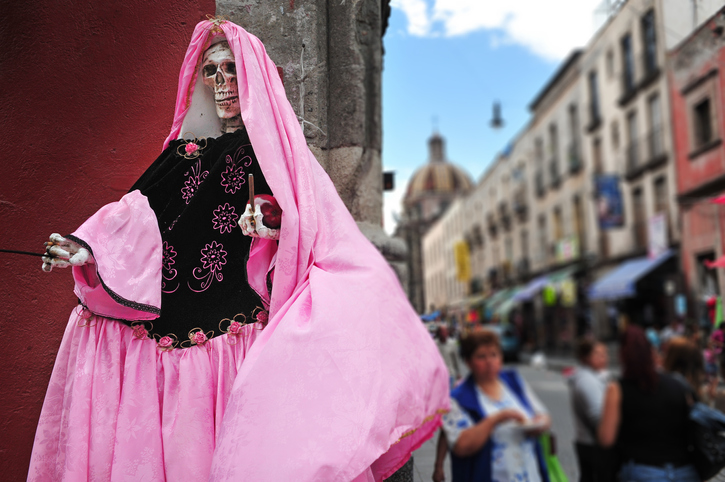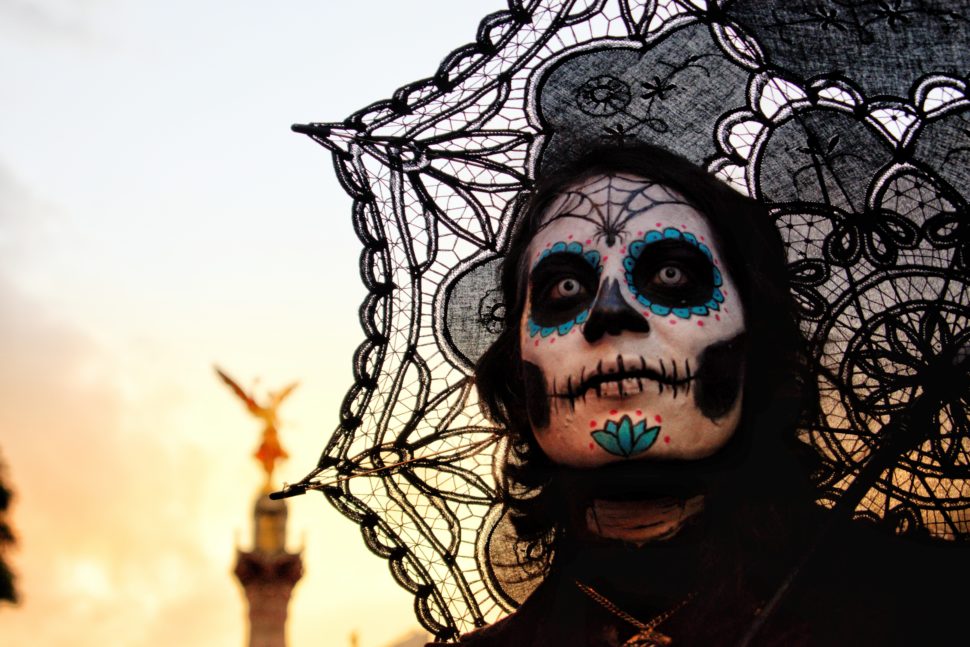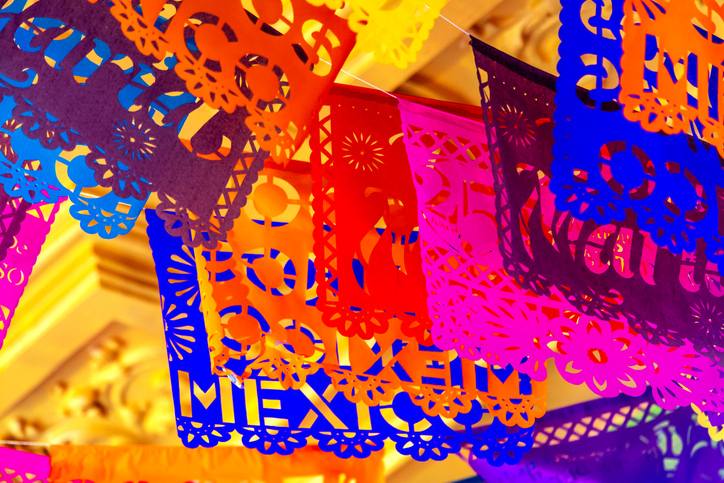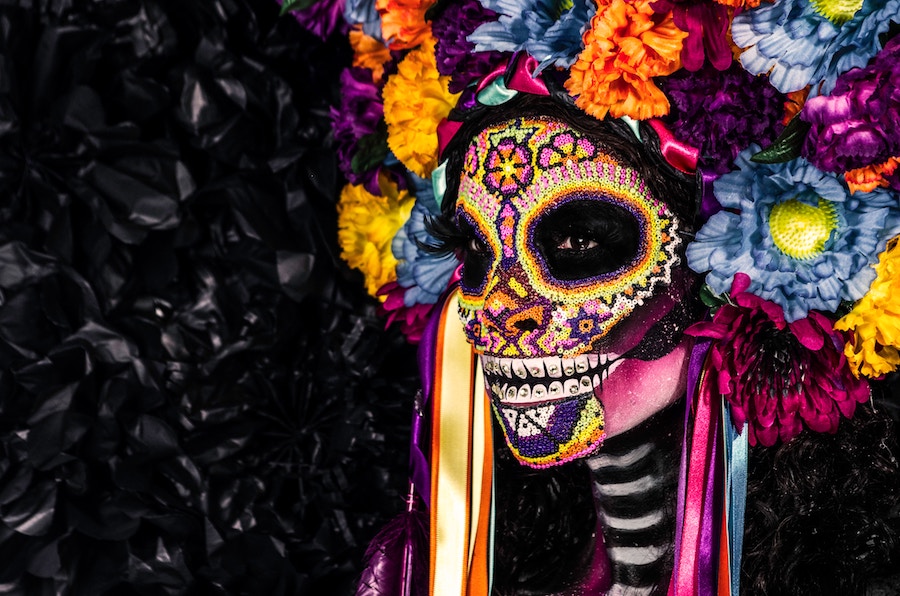Day of the Dead, or Día de Los Muertos, is commonly compared to Halloween. However, the two traditions differ greatly in their tone and history. Day of the Dead is a two-day festival celebrated throughout Latin America. The celebration, that originated in Mexico, combines indigenous Aztec ritual with Catholicism, brought to the region by Spanish conquerors.
Here are 10 more facts about this rich cultural tradition that takes place very year November 1 through November 2.
RELATED: Add One Of These Mexican Tequila Tours To Your Travel Itinerary
Day of the Dead is Not the Mexican Version of Halloween
In the United States, Halloween is an eerie night of death and terror. Day of the Dead is also about death, but it is a vibrant and colorful celebration of love and respect for those who have passed. Each ritual has a specific meaning that goes back to the origins of the tradition.

Recognition by UNESCO
In 2008, United Nations Educational, Scientific and Cultural Organization, or UNESCO, recognized the importance of Día de Los Muertos by adding the holiday to its list of Intangible Cultural Heritage of Humanity.
Dressing Up is a Must
The two-day celebration is full of color and socializing with the community. You will often find people dressed as skeletons or wearing elaborate dresses. Many also paint their faces and carry noisemakers to rouse the dead.

Deep History
According to nationalgeographic.com, “Day of the Dead originated several thousand years ago with the Aztec, Toltec, and other Nahua people, who considered mourning the dead disrespectful. For these pre-Hispanic cultures, death was a natural phase in life’s long continuum. The dead were still members of the community, kept alive in memory and spirit—and during Día de Los Muertos, they temporarily returned to Earth. Today’s Día de Los Muertos celebration is a mash-up of pre-Hispanic religious rites and Christian feasts.”
Alters are a Significant Part of the Tradition
Alters are often built in homes and cemeteries as offerings to welcome spirits back to earth. Alters are decorated with water, food, family photos, and a candle for each dead relative. Marigold (a bright orange flower) petals are scattered from the altar to the gravesite to guide the souls back to their resting sites.

Food for the Dead
Some families will make the favorite dishes of their dead relatives to keep them nourished during their journey. Traditional items include a sweet bread called pan de Muerto, sugar skulls, and drinks, including pulque, a sweet fermented beverage made from the agave sap.
Papel Picado on Display
Papel Picado, or pierced paper, is made from colored tissue paper placed in dozens of layers. The layers are then perforated with hammer and chisel points to create elaborate designs. The art is often on display many times throughout the year, but during the Day of the Dead, it is draped across alters and throughout the streets to symbolize the fragility of life.

RELATED: The Best Solo Getaways For Exhausted Moms
Where to Experience It
Every year the non-profit Mano a Mano hosts New York City’s largest celebration, but for the most authentic experience, you should definitely head to Mexico City. The grand parade allows you to experience live music, cultural traditions, and the full magic of Día de Los Muertos.





